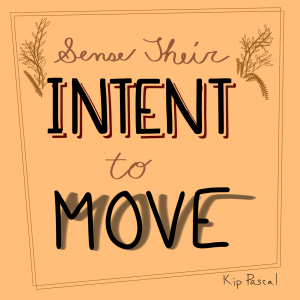Martial Arts Article...
Practice speed and more with this "little tap"!
Read the Article Below ...
|
You know, I don’t think my teacher referred to what we were practicing as the Hammer Principle, but we did the drills nevertheless.
When Jessie I. wrote in asking for insights into the exercise, I almost didn’t know where to start.
After all, when I said that a lot of the schools and certainly most MMA fighters were missing
something in the way they fought, much of what I was referring to, besides the finer points of the 5 Ways of Attack mentioned last week, can be found in The Hammer Principle.
Martial Arts Mastery:
A Tell-All of Tips, Tactics, and Techniques
FREE Ebook (Best of MAM) when you sign up!
This is one of the longest-running Martial Arts Online Newsletters … and it’s still FREE.
A lot more content than sales pitch — We Promise!
![]() (We hate SPAMMY emails as much as you do.)
(We hate SPAMMY emails as much as you do.)
So, let’s talk about it:
1) You stand in front of your partner at a distance where your fingertips could just reach the top of his or her forehead.
Your partner raises their hands in a guard position with a little bit of space between the two, so you can reach through the center and speed tap the forehead.
This, then becomes the object of the exercise: You suddenly try to tap your practice partner on the head before they can block/check the hand to the side.
That’s the basic exercise. Now, let’s continue….
2) The “obvious” goal is to learn to eliminate telegraphs. If you move any part of your body before the hand that’s shooting out to tap the forehead, then your partner will easily block your arm.
So, your goal is to eliminate absolutely any movement before the strike shoots out blindingly fast.
Most think that this is it for the exercise. Eliminate the telegraph.
3) Some schools have identified that there exists a higher-precision goal, as well.
You are learning not to telegraph your intent to move.
All the micro muscles tensing, the ever-so-slight shift of balance, and more, gives away that you are about to move.
These aren’t even telegraphed motions. They are the telegraphing before the telegraphed motion.
"I didn't punch. The punch happened all by itself."
It’s how your opponent gets a “sense” that you are about to move.
This exercise allows you a chance to work on simply striking, without any intention-to-strike showing.
To paraphrase Bruce Lee, since I can’t find the actual quote,
“I didn’t punch. The punch happened all by itself.”
4) Are you with me, so far?
The next benefit of the Hammer Principle and something that you should always consider is … your opponent’s focus of attention.
If you practice the drill, you’ll learn to whip out that eye jab … uh … I mean “head tap”
whenever your opponent loses the focus of attention for an instant.
5) A final point, before we switch sides is soooooo very important:
None of this matters, if you don’t work on increasing the distance between you and your partner.
You need to reach further and further to get to the forehead.
In fact, eventually you have to step/scoot forward on the attack.
If you constantly practice from an in-reach, static position, you’re not making this
exercise as practical as it needs to be.
6) Now, I have never seen anyone online or read anyone talking about the recipient’s benefits.
So, let’s:
First, as the person with the block hands up, you get to practice identifying telegraphs.
This is excellent practice at learning to recognize shoulder drops, weight shifts, and the like.
7) You can play with minimizing the extent of your check.
You don’t need to block the striking arm two feet to the side … an inch to the side of your head is more than enough.
8) Most important, you get the “reverse” of #3.
You learn to get a sense of their intent to move.
It will almost seem like magic that you seem to know almost before they do, when your opponent is going to strike.
Final Thoughts
I could keep going and going on this exercise. It’s that important.
And I have so much to say.
Let me leave you with one final thought … and it’s a BIGGY!
In all the articles, demonstrations, and descriptions of the Hammer Principle, I see them practicing by jabbing up through the center … between the two raised guard hands.
Who says that you always have to practice the exercise up through the middle?
Have a great week,
Keith
More Martial Arts Articles
There are more martial arts articles here at CoinSnatching.com
Take a look:
“The more you sweat in training, the less you bleed in combat”
–Richard Marcinko
“It does not matter how slowly you go as long as you do not stop”
–Confucius
NOT Just for Martial Artists!
Martial Artists often have other interests.
Read about coin snatching in the following categories:
"Use only that which works and take it from any place you can find it."
–Bruce Lee
"There are no limits. There are plateaus, but you must not stay there, you must go beyond them."
–Bruce Lee
"To know your enemy, you must become your enemy."
–Sun Tzu
Sample Martial Arts Video
Enter your email address join Martial Arts Mastery
![]() We value your privacy and would never spam you
We value your privacy and would never spam you


